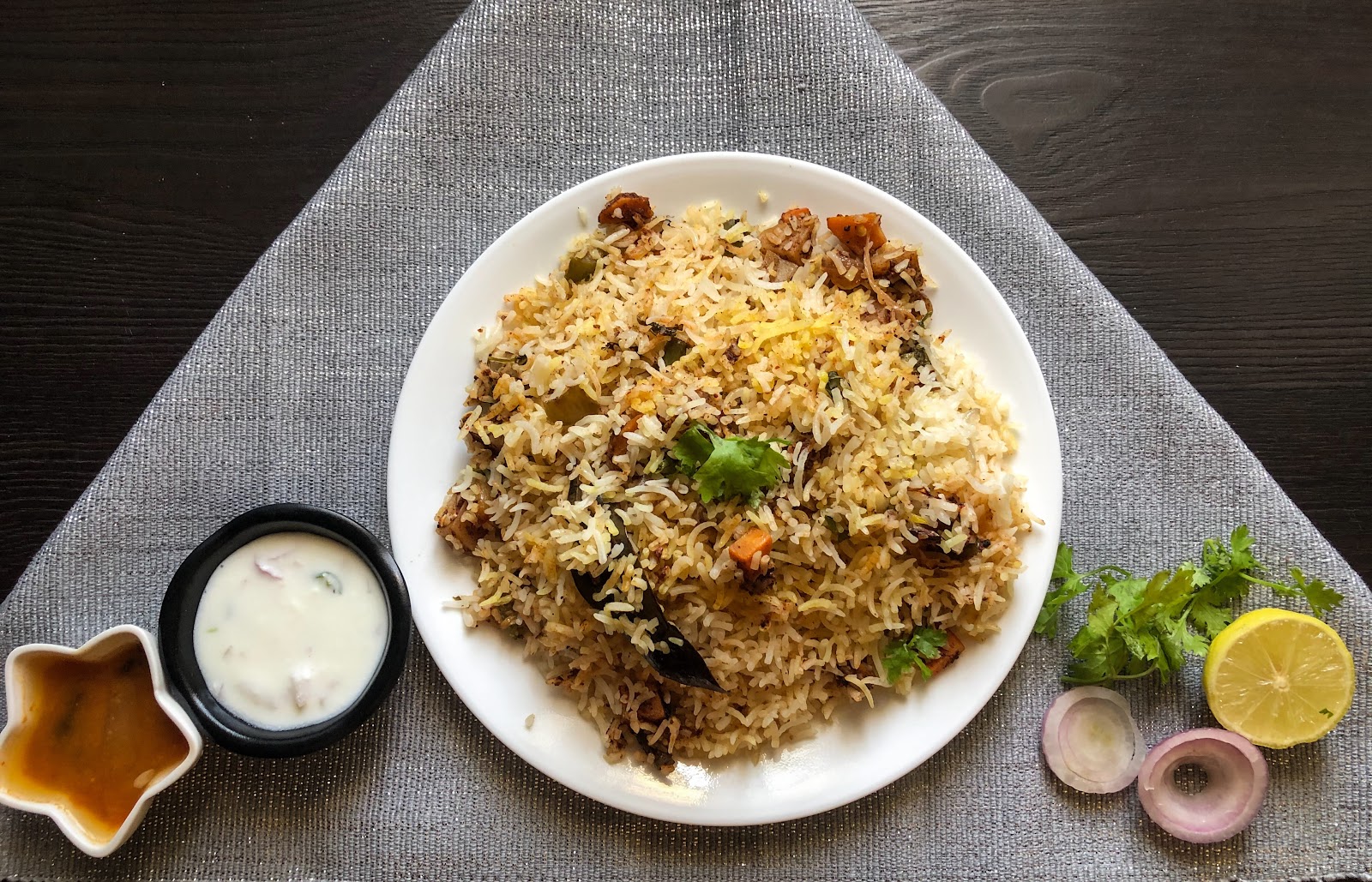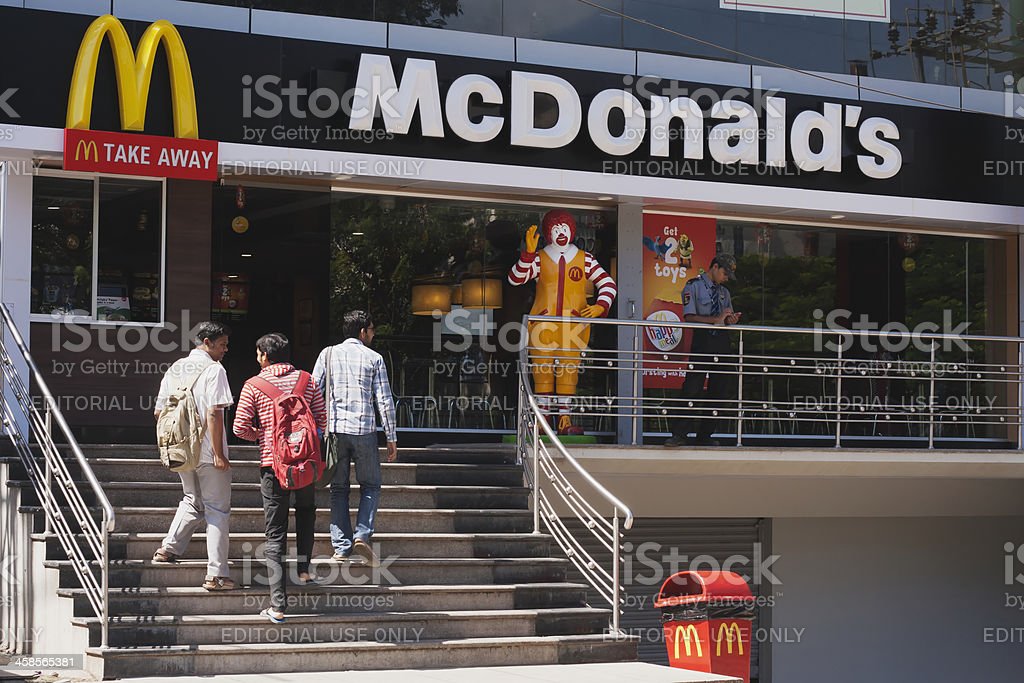Eating practices in Bangalore
I. Introduction
Bangalore, also
known as Bengaluru, is a cosmopolitan city located in the southern part of
India. It is considered the IT capital of India and has emerged as a hub for
various industries, including food and hospitality. The eating practices in
Bangalore are diverse due to its multicultural population and blend of
traditional and modern food cultures.
II. Overview of
Bangalore's Eating Practices
The eating practices in Bangalore vary based on socio-economic status, cultural background, age group, gender, occupation, and lifestyle factors. In recent years, there has been a shift towards healthier eating habits due to increasing concerns over nutrition-related health problems such as malnutrition and obesity.
III. Traditional
Food and Cuisine in Bangalore
Traditional
cuisine plays an essential role in the daily life of people living in
Bangalore. The most common dishes that are part of traditional food include
idli sambar (steamed rice cake served with lentil soup), dosa (rice pancake),
vada (lentil fritters), ragi mudde (finger millet balls), bisibelebath (rice
dish cooked with vegetables), and many others.
IV. Modern Food Culture in Bangalore
With
globalization comes the influence of modern food trends such as fast foods like
burgers, pizzas, sandwiches etc., which are gaining popularity among youth
especially among those who follow Western culture or working professionals who
prefer quick meals during lunch breaks.
V. Eating Habits
and Timing in Bangalore
The dietary
patterns followed by people residing here usually consist of three main meals -
breakfast (8-10 am), lunch(12-2 pm)and dinner(7-9pm). Snacks between meals have
become popular too but not at fixed timings. Eating out culture is now becoming
more popular too but it's still not so common practice for families to eat
outside regularly. Their consumption preference mostly depends on their
financial capacity .
VI. Influence of
Technology on Eating Practices in Bangalore
Technology has
played a significant role in shaping the eating practices of people residing in
Bangalore. Many food delivery apps such as Swiggy, Zomato, and Uber Eats have
gained popularity among working professionals who are not able to prepare meals
at home due to work pressure or time constraints.
VII. Conclusion
In conclusion,
eating practices in Bangalore are a reflection of its diverse culture and
tradition blended with modern influences. The traditional cuisine is still an
essential part of daily life for many residents here while fast foods offer
convenient options for those leading busy lives. With increasing awareness
about health and nutrition, there is a growing demand for healthier eating
habits. Technology has brought convenience to people's doorstep by providing
them access to varied foods from vast cuisines through online ordering which
may further shape the future of eating practices.
(Author’s Note:
The sources cited helped me gain insights into different aspects related to
dietary patterns followed by people residing in Bangalore)
References
Hasan, I., &
Zulkifle, M. (2010). A Study of Prevalence of Malnutrition In Government School
Children In The Field Area of Azad Nagar Bangalore, India. Retrieved from
https://link.springer.com/content/pdf/10.1038%2Fnpre.2010.5009.1.pdf
Gabe, K. T., &
Jaime, P. C. (2022). Convergent validity and invariance analysis of a scale to
measure adherence to eating practices recommended by the Dietary Guidelines for
the Brazilian Population. Revista Brasileira de Epidemiologia, 25, e210006.
doi: 10.1590/1980-549720210006
Olstad, D., &
Kirkpatrick, S. (2021). Planting seeds of change: reconceptualizing what people
eat as eating practices and patterns. International Journal of Behavioral
Nutrition and Physical Activity, 18, 98. doi: 10.1186/s12966-021-01102-1










Comments
Post a Comment